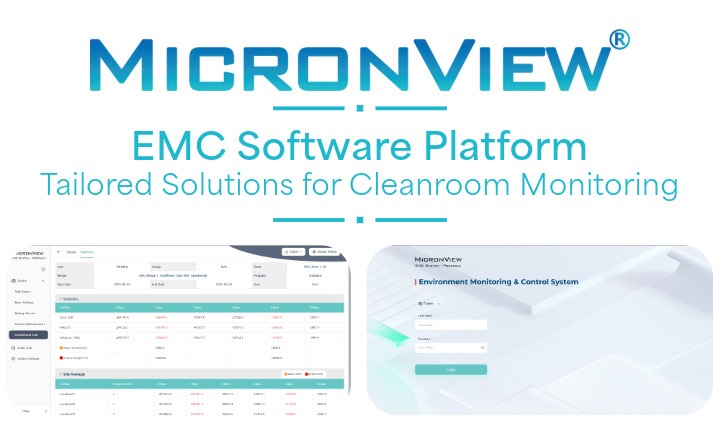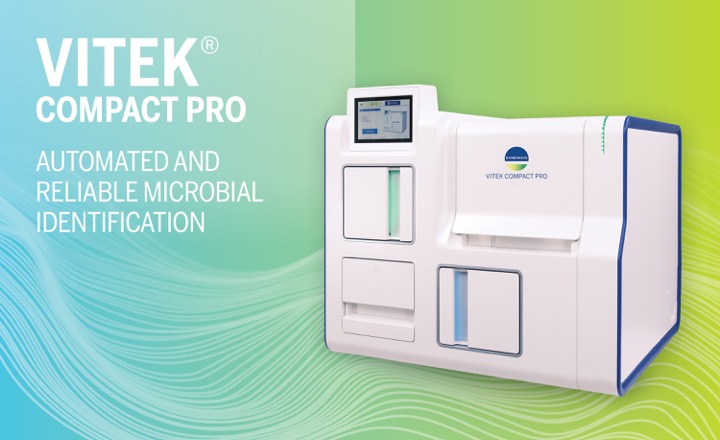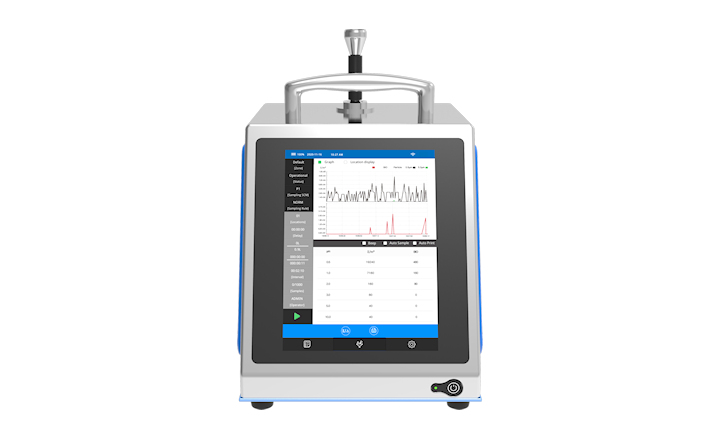What do you call 30 QC microbiologists in a room together? No, it is not a serious contamination issue, it’s a Pharmig Workshop. In November 2019 Pharmig members and exhibitors came together in Nottingham, UK for the Pharmig Annual Event, now in its 27th year. Amongst the well-packed schedule of presentations and the wide variety of exhibitors to interact with, Pharmig’s leading microbiology experts held open-discussion workshops in their area of expertise, which proved to be an invaluable learning tool for everyone involved.
The ‘Microbial Identification Discussion Session’ was led by Dr Anna Lovatt (GlaxoSmithKline), co-author of the Geobacillus chapter in Bergey’s Manual of Systematic Bacteriology 2nd Edition and the Pharmig publication ‘Guide to Bacterial Identification’ published in Sept 2018. Dr Lovatt advised attendees to consult the latter document when developing an identification strategy for the laboratory and to provide guidance on choosing an appropriate identification system for routine use.
MALDI-TOF proved to be the most widely-used microbial identification approach in the room (mainly hospital and sterile manufacturing laboratories in attendance) but not without some rumblings of discontent: examples of no identification results and its inability to distinguish between species of Bacillus or between E. coli and Shigella. The Vitek 2 Compact and BIOLOG systems were also mentioned along with issues in low discrimination results and inherent problems of a failure to distinguish between certain organisms respectively. But more importantly, what was stressed, was that no identification system is 100% accurate 100% of the time. The identification method chosen for the laboratory should be based on the product/sample characteristics, the criticality of the identification and subsequently, the number of identifications performed each week.
Dr Lovatt took the group through examples of when biochemical tests like API would be sufficient, and how the choice to go to automated and genetic, methods should be made. The illustration used to support this is available on the Pharmig publication. She noted how manual systems can be more subjective and give greater variations in results; however, for some laboratories, these can be the most cost-effective and most suitable for their needs. Dr Lovatt also stressed that if automated methods fail, the practice of performing traditional methodology like Gram-staining and simple biochemical tests by a skilled microbiologist was still an important part of the process - all information gathered for the organism should be used to confirm the identification and no single identification system should be relied on solely
In another example shared by a microbiologist from a hospital laboratory that compounds tailored nutrition products, a problem exists in identifying which species of Bacillus grows sporadically in their products. Giving a name to the species of Bacillus was deemed to be of utmost importance to the facility in order to identify the root cause. But feedback from the room questioned the value in knowing the exact species of the organism and if it would affect the action to take. Another example from a non-sterile tableting facility demonstrated the risks with giving an organism a species name when it is not necessary to do so, subsequently having the potential to delay the supply of safe drugs to patients. Dr Lovatt stressed the importance of an identification strategy: to understand when and why an isolate should be identified, and to what level it should be identified to – identifying everything to species level is not always the right answer.
The importance of knowing the risk associated with an 'objectionable' organism in your final product was agreed by all. In defining an 'objectionable organism', Dr Lovatt expressed how from the non-sterile product background she viewed 'objectionable' as organisms that have the potential to impact the product or impact the patient/consumer at the levels recovered, and so by identifying these organisms, they may be better able to judge what their impact could be.
This relaxed and informal setting provided by Pharmig invoked freedom, to share one's knowledge, experience and opinions, thus creating a room-wide discussion on this topic.
For information on more Pharmig workshops, please visit www.pharmig.org.uk

















